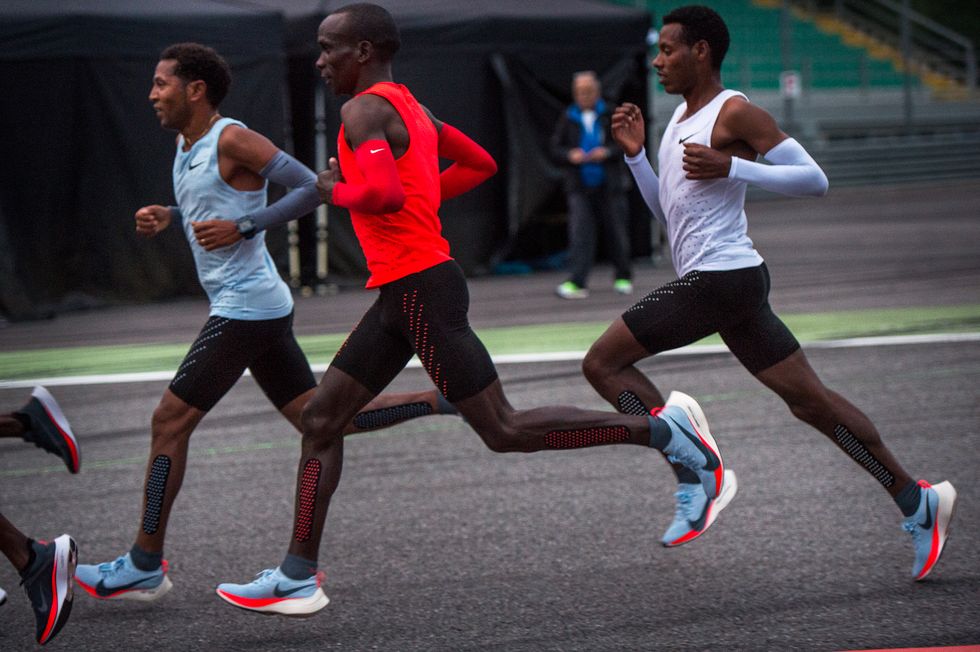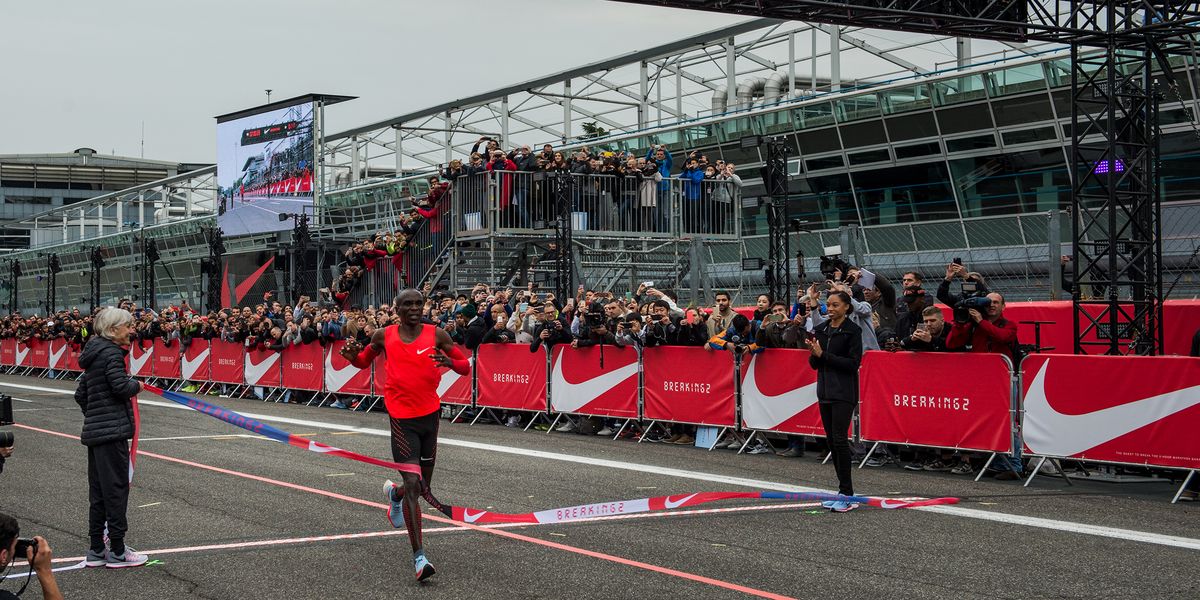Sports training is the foundation upon which athletic excellence is built.
The Importance of Sports Training
Enhancing Performance
Sports training is the key to unlocking an athlete’s full potential. It aims to develop and refine the specific physical attributes, technical skills, and tactical understanding necessary for success in a particular sport. By focusing on strength, speed, agility, endurance, flexibility, and coordination, training programs enhance an athlete’s performance and give them a competitive edge.
Injury Prevention
Effective sports training goes hand in hand with injury prevention. Through exercises that target muscle imbalances, mobility drills, and proper technique instruction, athletes learn to move efficiently and reduce the risk of injury. Additionally, training programs often incorporate recovery strategies, such as stretching, foam rolling, and adequate rest periods, to promote optimal physical well-being and minimize the chance of overuse injuries.
Key Components of Sports Training
Physical Conditioning: Building a Strong Foundation
Physical conditioning forms the bedrock of sports training. It involves developing the fundamental physical attributes necessary for performance, such as strength, power, speed, agility, endurance, and flexibility. Training programs incorporate a variety of exercises, including resistance training, cardiovascular conditioning, plyometrics, and mobility work, tailored to the specific demands of the sport. By progressively challenging the body’s capabilities, athletes build a solid foundation that supports their performance and enables them to excel in their chosen discipline.
Skill Development: Mastering the Craft
Skill development is a crucial aspect of sports training, as it focuses on honing the technical proficiency required to excel in a particular sport. Whether it’s perfecting a golf swing, mastering a tennis serve, or executing a flawless basketball jump shot, athletes dedicate significant time and effort to refining their skills through targeted practice, drills, and repetition. Skill development training often involves breaking down complex movements into smaller, manageable components and gradually integrating them into game-like situations.
Mental Conditioning: The Power of the Mind
Sports training encompasses not only the physical but also the mental aspect of performance. Mental conditioning involves cultivating mental toughness, focus, confidence, and resilience to overcome challenges and perform under pressure. Techniques such as visualization, goal setting, positive self-talk, and mindfulness training are employed to develop a strong and resilient mindset. By training the mind alongside the body, athletes can optimize their performance and harness the power of their thoughts to achieve success.
The Intersection of Science and Art in Sports Training
Applying Sports Science: Evidence-Based Approaches
Advancements in sports science have revolutionized training methodologies, providing athletes and coaches with evidence-based strategies to optimize performance. Sports scientists utilize techniques such as biomechanical analysis, physiological testing, nutrition planning, and data-driven monitoring to tailor training programs to individual athletes. This scientific approach allows for a deeper understanding of an athlete’s strengths and weaknesses, facilitating targeted interventions and ensuring optimal training adaptations.
Artistry in Coaching: The Human Element
While science provides the framework, the artistry of coaching lies in its application and the human element it embraces. Coaches blend their experience, intuition, and expertise to create personalized training plans, motivate athletes, and cultivate a supportive training environment. They understand that each athlete is unique, and their training should be tailored to their individual needs and aspirations. Through effective communication, mentorship, and emotional support, coaches inspire athletes to push beyond their limits and unlock their true potential.

The Evolving Landscape of Sports Training
Technology and Innovation
Sports training continues to evolve with technological advancements and innovation. As technology continues to evolve, its integration into sports training will further enhance performance, injury prevention, and recovery strategies.
Interdisciplinary Collaboration
Sports training has become a collaborative endeavor, drawing on expertise from various disciplines. This interdisciplinary approach recognizes the interconnectedness of physical, mental, and nutritional factors in an athlete’s development and success.

Conclusion
Sports training is a harmonious blend of science and art, driven by the desire to achieve athletic greatness. By focusing on physical conditioning, skill development, and mental conditioning, athletes forge a path towards excellence.



